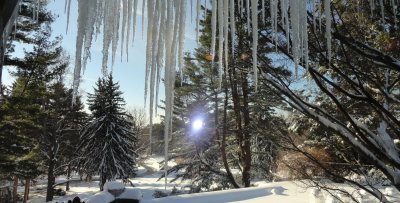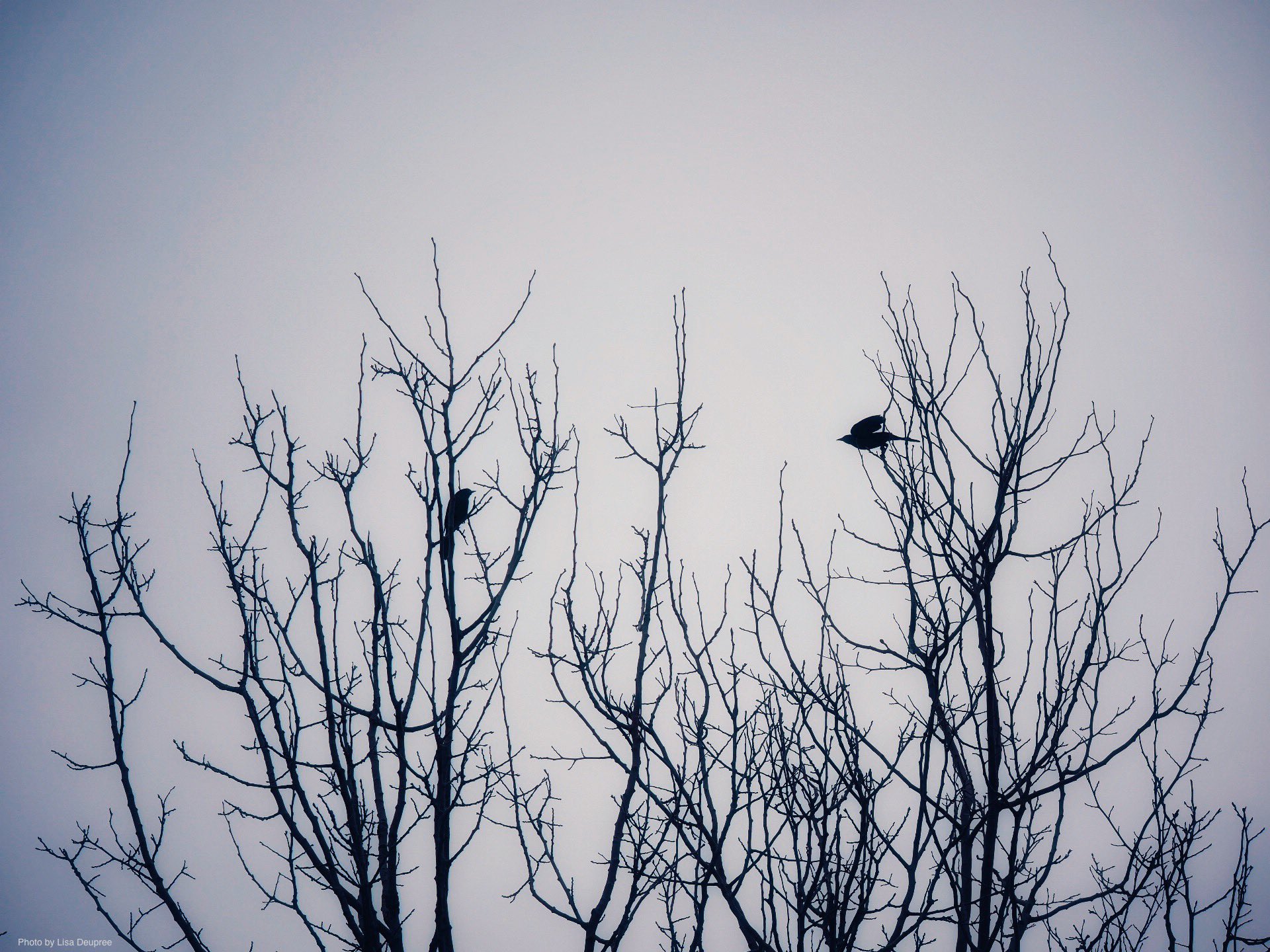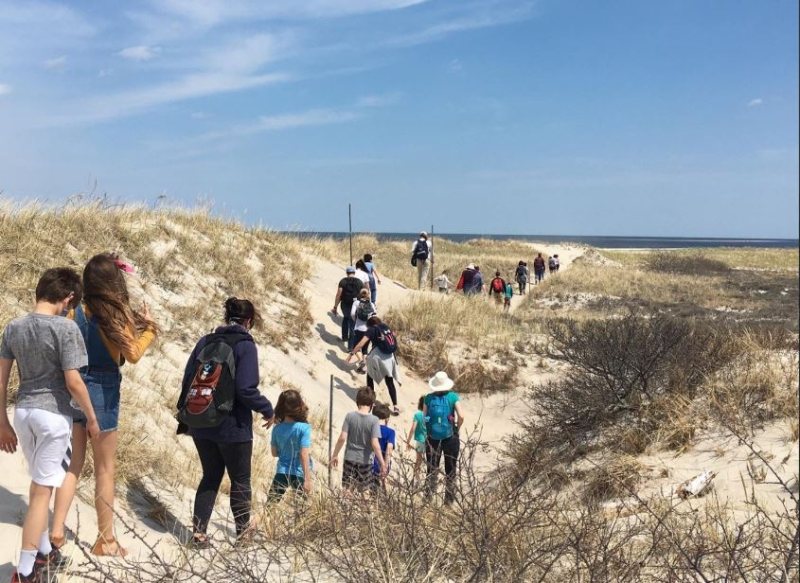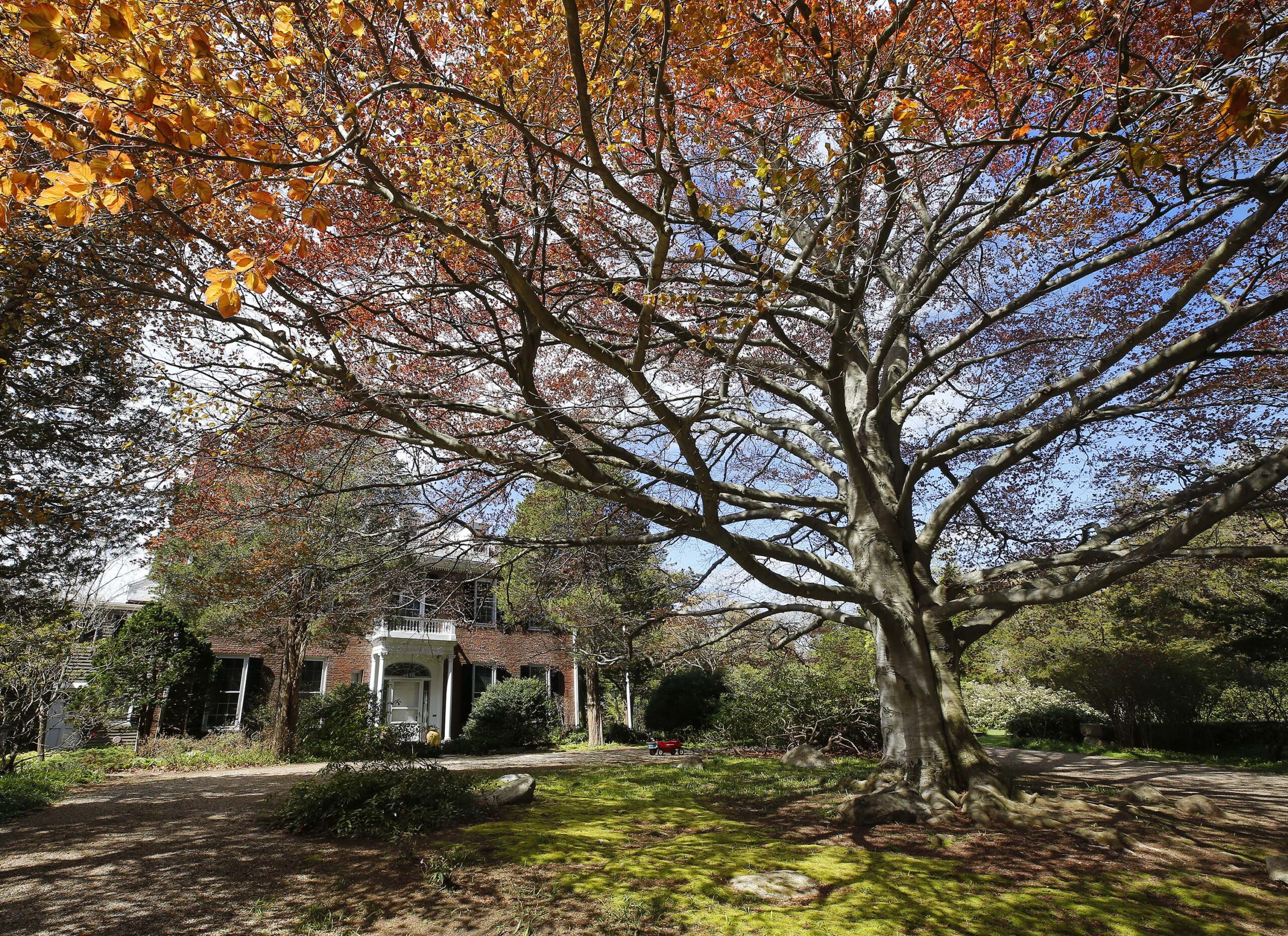
Things seem to slow down in the winter. Or at least some things.
The woods are quieter, more open, stark, but also beautiful, soft in a way, mysterious. Some of us like to get our winter exercise by cross-country skiing, snowshoeing, ice skating, or just trail running through the winter woods. We move quickly, hearts pumping, our breath on the air.
But winter is also a time for us to bundle up and slow down in the woods. Cold days we can find frost and ice with unbelievably intricate patterns – exquisite frozen snowflakes, ice with cracks in three dimensions, water dripping off branch tips halted in time by the cold air and now icicles.
Stop to listen and you can hear ice cracking or ice-coated branches tinkling in the breeze like wind chimes at the ocean.

Birds busily finding food calling back and forth to each other – chickadee dee dee and the nasal peent of the nuthatch. How do their little legs not freeze?
On warmer days, when there is still snow on the ground you might leave a path of footprints that blacken after you pass. Snow fleas seeming to come out of nowhere cluster in the depressions. These insects are not actually fleas at all, rather springtails. Stoop down to watch them and you can see them jump.
As the snow melts we can also see trails of rodents appear. Voles, mice, even chipmunks make tunnels under the snow (the subnivian zone) allowing them to scurry about in search of food while being hidden from predators. But the predators have tricks as well, foxes and owls can hear prey under the snow from as far as 30 yards away. Maybe if you are lucky, you will find the imprint of owl wings in the snow where one plunged feet first into the snow to grab a mouse for lunch.
Even without snow, the winter woods have much to share.
No longer hidden by dense foliage, bird nests are easy to spot. Woodpeckers fly tree to tree, searching for grubs overwintering under bark. Large rocks covered in moss stick out amongst the gray bark of trees. Evergreen plants – not just hemlock and pine – continue to gain energy from the sun, no longer hampered by the leaves above.
What can you find in the winter woods?



